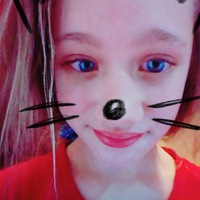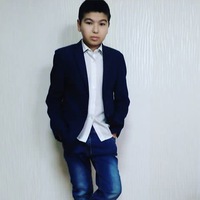
Посмотрите на изображение куба. Несмотря на то, что изображение куба здесь плоское, мы воспринимаем
его как объемное. Более того, это изобра-жение труднее представить плоским, чем пространственным. Аналогичное явление наблюдается и при рассмат¬ривании картин: изображенные на них предметы воспринимаются нами как объемные, простран¬ственные Чем объясняется эта особенность восприятия? 0
0
 0
0
Ответы на вопрос
 Внимание! Ответы на вопросы дают живые люди. Они могут содержать ошибочную информацию, заблуждения, а также ответы могут быть сгенерированы нейросетями. Будьте внимательны. Если вы уверены, что ответ неверный, нажмите кнопку "Пожаловаться" под ответом.
Внимание! Ответы на вопросы дают живые люди. Они могут содержать ошибочную информацию, заблуждения, а также ответы могут быть сгенерированы нейросетями. Будьте внимательны. Если вы уверены, что ответ неверный, нажмите кнопку "Пожаловаться" под ответом.

 0
0
 0
0

Perception of Depth in Flat Images
When we look at a flat image of a cube, we perceive it as three-dimensional or volumetric, even though the image itself is two-dimensional. In fact, it can be more difficult for us to perceive the image as flat rather than as a three-dimensional object. This phenomenon is also observed when we look at paintings or other two-dimensional representations of objects, where the depicted objects are perceived as three-dimensional and spatial.
The reason behind this perceptual phenomenon can be explained by several factors. One of the main factors is our visual system's ability to interpret depth cues present in the image. Depth cues are visual cues that provide information about the relative distance and position of objects in a scene. These cues help our brain to construct a three-dimensional representation of the scene, even when the image is flat.
One important depth cue is perspective, which is the way objects appear to converge or recede as they move away from the viewer. In a flat image, the use of perspective techniques, such as foreshortening and vanishing points, can create the illusion of depth and make the objects appear three-dimensional. Our brain automatically interprets these perspective cues and perceives the image as having depth.
Another depth cue is shading and lighting. The way light and shadows are depicted in the image can provide information about the shape and position of objects. By analyzing the distribution of light and shadows, our brain can infer the three-dimensional structure of the depicted objects.
Texture gradients are also important depth cues. When objects recede into the distance, their texture becomes less detailed and more compressed. Our brain uses this information to estimate the relative distance of objects and perceive them as three-dimensional.
Overlap is another depth cue that occurs when one object partially covers another. When objects overlap in a flat image, our brain interprets this as a depth cue and infers the relative positions of the objects in three-dimensional space.
It is important to note that our perception of depth in flat images is not solely based on the image itself. Our brain combines the visual information from the image with our prior knowledge and experiences to construct a three-dimensional representation. This is why we can perceive depth in flat images even though they lack the physical properties of three-dimensional objects.
In conclusion, the perception of depth in flat images is a result of our visual system's ability to interpret depth cues such as perspective, shading, texture gradients, and overlap. These cues, combined with our prior knowledge and experiences, allow us to perceive two-dimensional images as three-dimensional and spatial.
 0
0
 0
0
Последние заданные вопросы в категории Психология
-
Математика
-
Литература
-
Алгебра
-
Русский язык
-
Геометрия
-
Английский язык
-
Химия
-
Физика
-
Биология
-
Другие предметы
-
История
-
Обществознание
-
Окружающий мир
-
География
-
Українська мова
-
Информатика
-
Українська література
-
Қазақ тiлi
-
Экономика
-
Музыка
-
Право
-
Беларуская мова
-
Французский язык
-
Немецкий язык
-
МХК
-
ОБЖ
-
Психология
-
Физкультура и спорт
-
Астрономия
-
Кыргыз тили
-
Оʻzbek tili











